I recently watched a 17-minute video entitled What Does the Old Testament Have to Do with Curriculum by David I. Smith, Ph.D., author of On Christian Teaching. In this video, Dr. Smith explores lessons from the Old Testament that can be helpful in how we teach people today. He takes note of how the Hebrew Bible is divided into three parts:
The first part is known as the Torah, which means ŌĆ£Teaching,ŌĆØ and consists of Genesis, Exodus, Leviticus, Numbers, and Deuteronomy, which are also collectively known as the books of Moses or the Pentateuch.
The second part is known as the Prophets and includes the books of Joshua, Judges, Samuel, Kings, Isaiah, Jeremiah, Ezekiel, Hosea, Joel, Amos, Obadiah, Jonah, Micah, Nahum, Habakkuk, Zephaniah, Haggai, Zechariah, and Malachi.
The third part is known as the Writings, the Psalms, or the Wisdom books and includes the books of Job, Psalms, Proverbs, Song of Solomon, Ruth, Lamentations, Ecclesiastes, Esther, Daniel, Ezra, Nehemiah, and Chronicles.
This division was also how the New Testament writers understood the Old Testament. Jesus said to His disciples after His resurrection:
This is what I told you while I was still with you: Everything must be fulfilled that is written about me in the Law of Moses, the Prophets and the Psalms (Luke 24:44 NIV84, my emphasis).
But as a shorthand, they sometimes referred to the entire Old Testament canon by just saying the Law and the Prophets. Jesus, after affirming that the greatest commandment is to love God with oneŌĆÖs entire being and the second is to love our neighbor as ourselves, said:
All the Law and the Prophets hang on these two commandments (Matthew 22:40 NIV84, my emphasis).
When Philip found Nathanael, he told him,
We have found the one Moses wrote about in the Law, and about whom the prophets also wroteŌĆöJesus of Nazareth, the son of Joseph (John 1:45 NIV84, my emphasis).
And sometimes they significantly abbreviated how they referred to the entire Old Testament by simply saying ŌĆ£the Law.ŌĆØ Here, Jesus uses both shorthand terms in one response:
Do not think that I have come to abolish the Law or the Prophets; I have not come to abolish them but to fulfill them. I tell you the truth, until heaven and earth disappear, not the smallest letter, not the least stroke of a pen, will by any means disappear from the Law until everything is accomplished (Matthew 5:17, 18 NIV84, my emphasis).
When Jesus says ŌĆ£the Law,ŌĆØ He is not restricting His comments to the Ten Commandments but is referring to the entire 39 books of the Old Testament. He is saying that everything in the Old Testament about the plan of salvation, from Genesis to Malachi, must be accomplished.
Elsewhere, Jesus used the term ŌĆ£LawŌĆØ when referring only to the psalms, which is part of the Writings, demonstrating that the shorthand term ŌĆ£LawŌĆØ was used for the entire Old Testament canon and not just the five books of Moses:
Jesus answered them, ŌĆ£Is it not written in your Law, ŌĆśI have said you are godsŌĆÖ?ŌĆØ (John 10:34 NIV84; Jesus is referencing Psalm 82:6).
┬Ā
Bindings, Disruption, Discernment
So, we have seen that the Old Testament is divided into three parts: the Law, the Prophets, and the Writings. What is interesting about Dr. SmithŌĆÖs presentation is that he presents the idea that these three sections of Scripture approach the revelation of truthŌĆöthe way God teaches, the pedagogy of educationŌĆöin three different ways. He suggests that:
- The Law (five books of Moses) teaches through ŌĆ£bindings,ŌĆØ the instructions, the rules, what one is required to do.
- The Prophets teach through ŌĆ£disruption,ŌĆØ the consequences of disobedience and GodŌĆÖs calling for people to return to obedience.
- The Writings teach through ŌĆ£discernment,ŌĆØ looking at the lessons in the world, such as studying the ant or the lily of the field.
What struck me about Dr. SmithŌĆÖs thesis is that this division of Scripture into three different methods of teaching the truth is describing the Integrative Evidenced-Based approach that we promote here at Come and Reason Ministries. Basically, it is teaching through the integration of the three threads of evidence that God has used to reveal truth to fallen humanity and through which our Creator teaches us reality. And those three threads are:
- Scripture/divine revelation (2 Timothy 3:16)ŌĆöwhich would correspond to the Law
- LifeŌĆÖs experiences (Psalm 34:8; John 20:27)ŌĆöwhich would correspond to the Prophets
- Science/nature (Romans 1:20)ŌĆöwhich would correspond to the Writings
The Law teaches through divine revelationŌĆöGod-inspired direct revelation. For example, God revealed to Moses the truth of a literal six-day creation week followed by the Sabbath; the original sinless condition of humankind; the temptation, the fall, and the curse that fell upon the earth; the promised Messiah to redeem the fallen human race; the rebellion and the Flood; GodŌĆÖs plan for the entire world to be blessed through AbrahamŌĆÖs Seed (Jesus); the purpose of God for the Jewish nation to be His evangelists to prepare the world for the coming Messiah; and the teaching tool object lessons (e.g., the sanctuary) to act out the entire plan of salvation.
Through the Prophets, God teaches via lifeŌĆÖs experiencesŌĆöthe exhortations, warnings, reproofs, promises, and pleas followed by reaping the real-life consequences of breaking trust with God, refusing to follow His directions, and rejecting His wisdom; but also the experiencing of the mercy, grace, and redemption for those who learn through the painful sojourn and return to God.
And in the Writings, God teaches through science and nature, observing the conflict between good and evil being fought across all aspects of creation. From contemplating how reality actually works to being inspired by the constancy of all of GodŌĆÖs laws, the reliability of His sustaining power, and the complexity of the interconnected systems of other-centered giving upon which all life is built.
But ask the animals, and they will teach you, or the birds of the air, and they will tell you; or speak to the earth, and it will teach you, or let the fish of the sea inform you (Job 12:7, 8 NIV84).
The heavens declare the glory of God; the skies proclaim the work of his hands (Psalm 19:1 NIV84).
Go to the ant, you sluggard; consider its ways and be wise! (Proverbs 6:6 NIV84).
┬Ā
Three Divisions, One Message
God is the God of reality, the Creator, the builder of space, time, energy, matter, stars, planets, galaxies, and all living beings (Genesis 1; John 1:3). God is the sustainer of all reality (Colossians 1:17; Hebrews 1:3). And GodŌĆÖs laws are the protocols that reality functions and operates upon. Truth always leads us back to God, for God is the source of all truth. And all truth, when properly understood, reveals a perfect harmony between GodŌĆÖs revelations in Scripture, science, and our experiences in life.
Sin is transgression of the lawŌĆöthe deviation and violation of the protocols upon which God created life and health to operate. Thus, sin, the breaking of the laws of life, causes pain, suffering, and, unless remedied by our Creator, eternal death. This truth is revealed in Scripture (Romans 6:23; James 1:15; Galatians 6:8), demonstrated in science/nature; (e.g., tie a plastic bag over oneŌĆÖs head and break the law of respiration, the result is death.); and confirmed by life experiences. These eternal lessons, these eternal truths, are recorded for us by divine inspiration in the Old TestamentŌĆöin the Law, the Prophets, and the Writings.
As GodŌĆÖs agents today, it is our responsibility to use His methods, to actively utilize the integrative evidence-based approach, to share eternal truths with others, to be lights shining in the darkness, teaching people how reality works, to become thinkers and not mere reflectors of other peopleŌĆÖs thoughts, to become mature people ŌĆ£who by constant use have trained themselves to distinguish good from evilŌĆØ (Hebrews 5:14 NIV84), people who have the mind of Christ (1 Corinthians 2:16) and who, like their Savior, can teach GodŌĆÖs eternal truths through Scripture (Law), life experiences (Prophets), and science/nature (Writings).
┬Ā

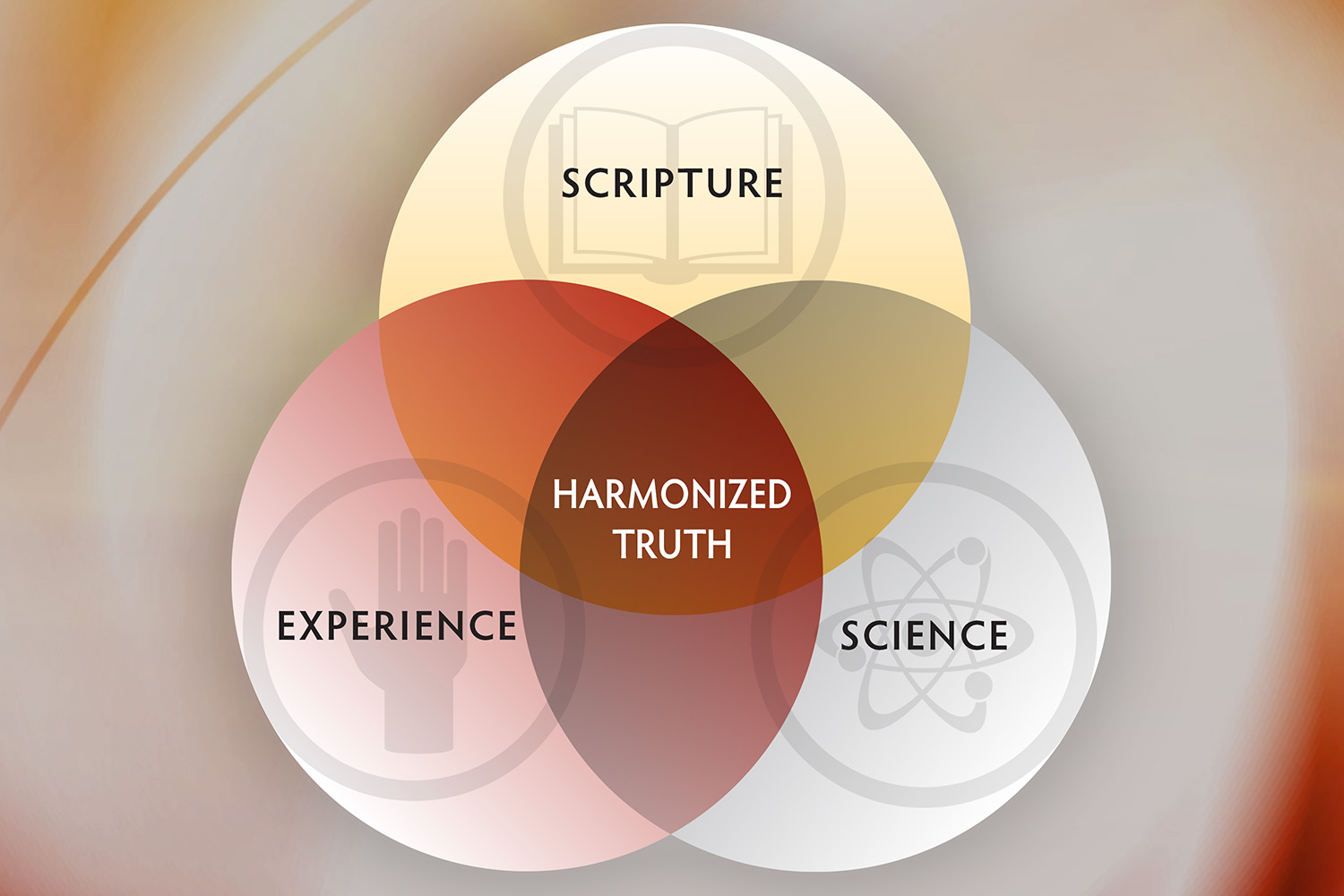




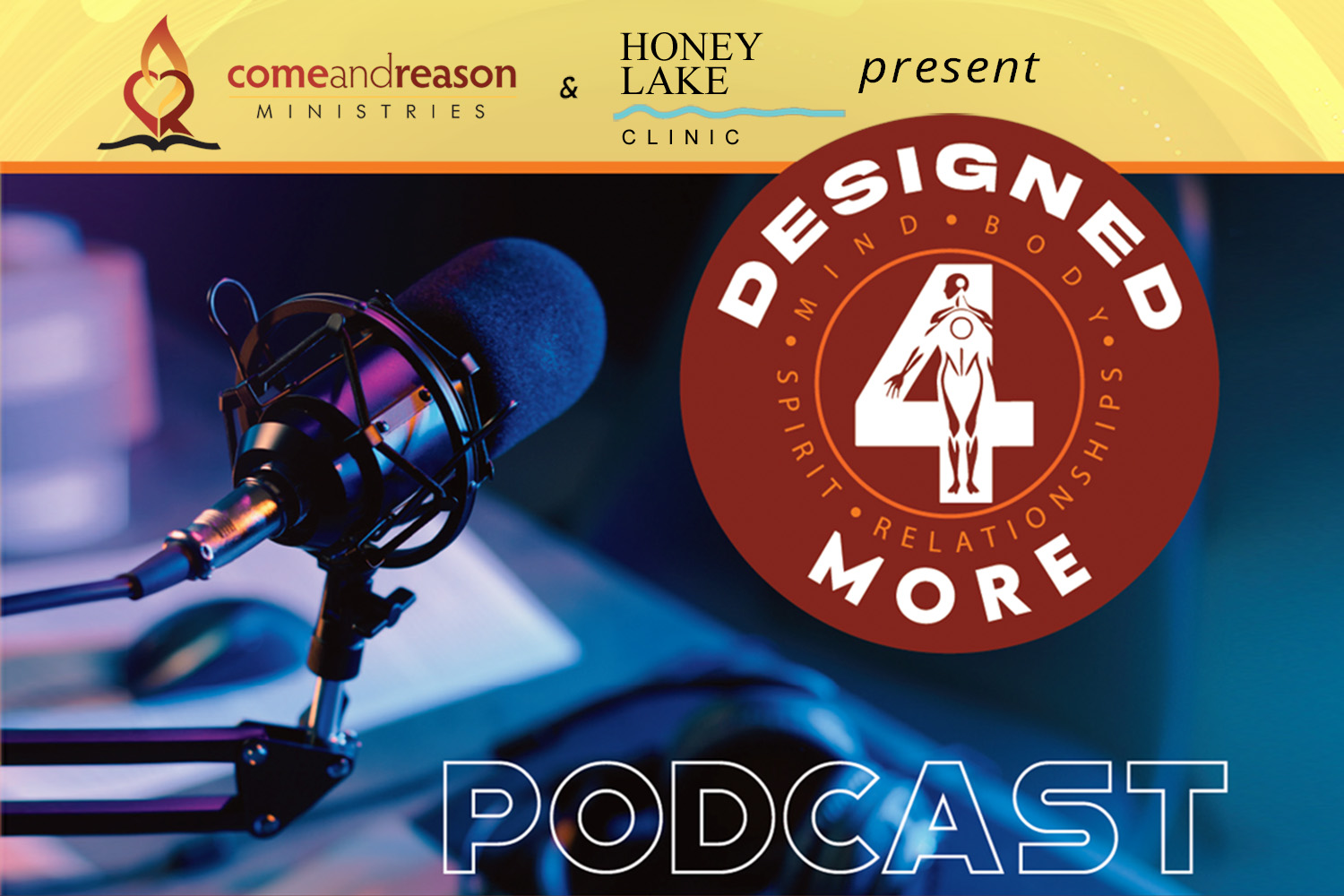
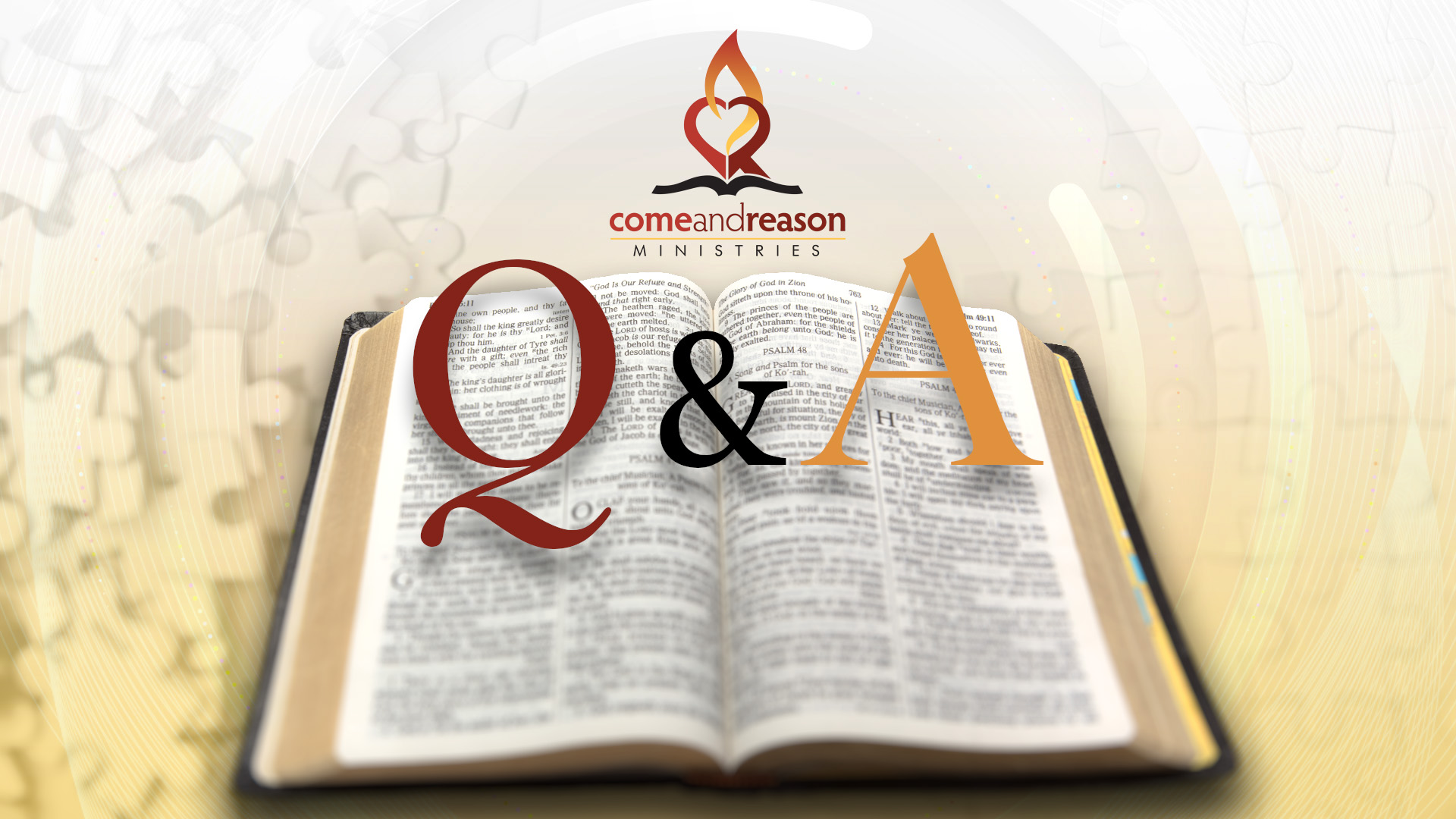
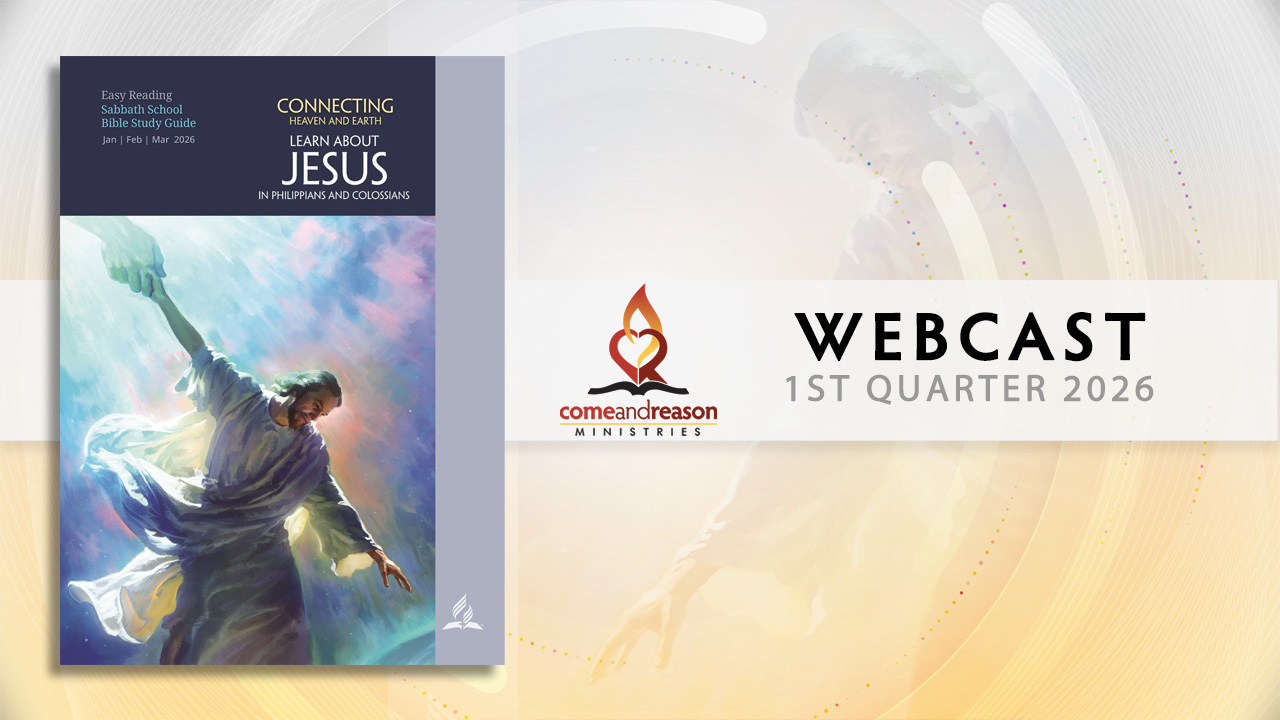
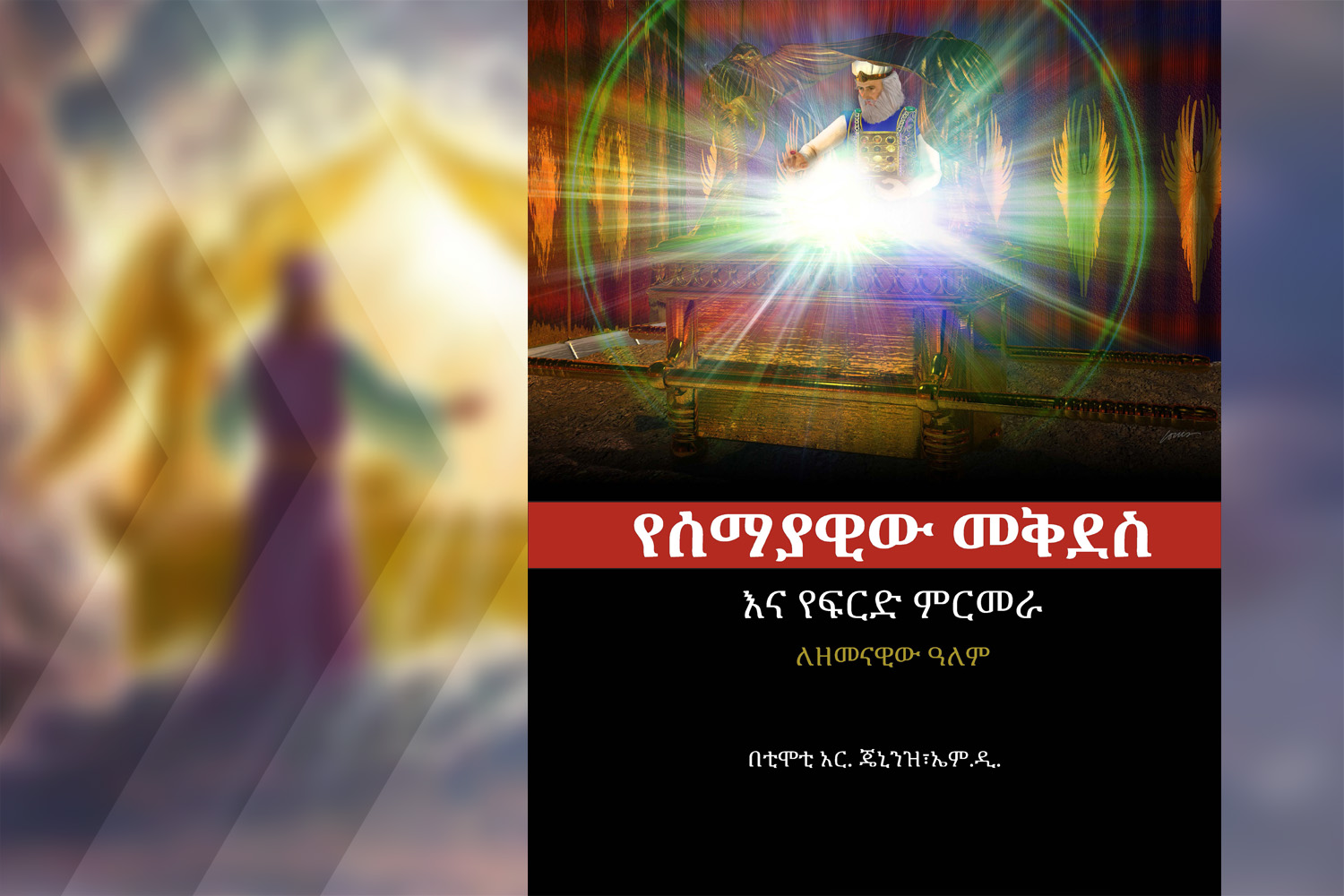

 using your credit or debit card (no PayPal account needed, unless you want to set up a monthly, recurring payment).
using your credit or debit card (no PayPal account needed, unless you want to set up a monthly, recurring payment). instead?
instead?